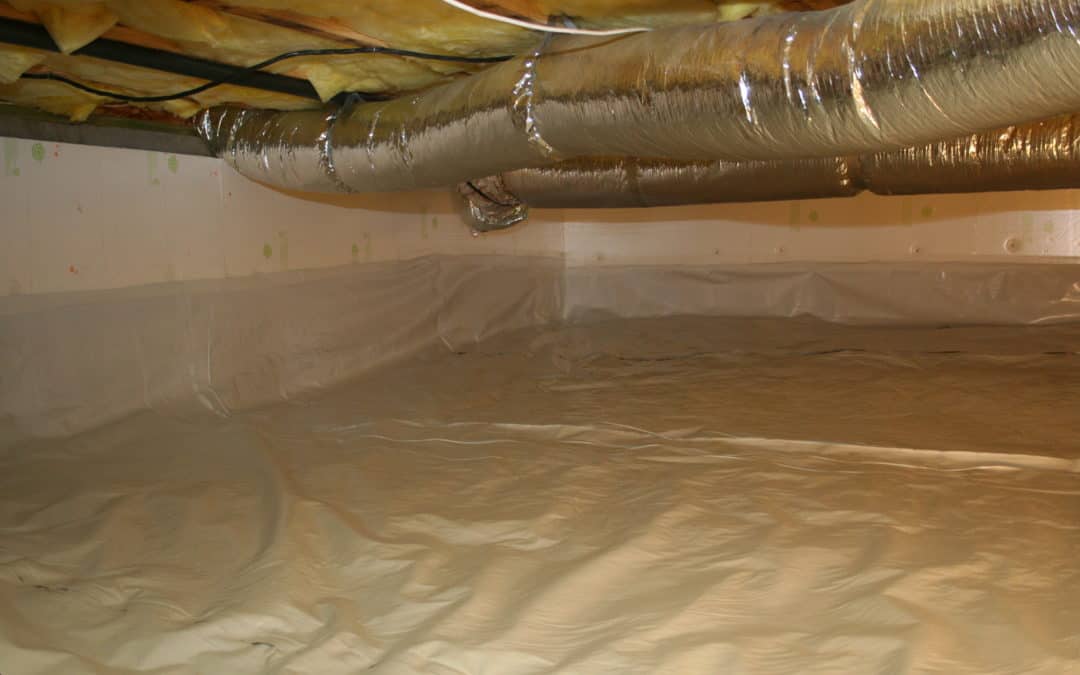READY TO GET STARTED?
REQUEST A FREE ESTIMATE
Fill out the form below or call (336) 226-1448 for a free, no-obligation estimate.

It’s bad enough having to deal with cold winter weather outside. It’s even worse when the cold temperatures start to creep into your home. While heating systems work hard enough in the winter to keep our homes warm and comfortable, additional cold air seeping into your home makes them work harder. This can leave you with cold feet and a high energy bill! Let’s review the benefits of crawlspace enclosure for your North Carolina home.
Up to 50% of household air flows in from your crawlspace. If your crawlspace isn’t enclosed, it lets your heated or cooled air out and allows outdoor air in. This will cause your heating and cooling system to work overtime to compensate for the fluctuation in temperatures, which may cause you to still feel cold floors and inconsistent temperatures throughout your home. Also, these units burning more energy leads you to increased utility bills.
Crawlspace enclosure is like adding a liner to your pool to avoid leaks. Water vapor enters your crawlspace from the ground and can even seep through cement. Increased moisture can cause a handful of problems in your crawlspace and your home. Moisture attracts pests, degrades indoor air quality, can cause mold and mildew growth, warped floors, and structural damage. Adding a moisture barrier and dehumidifier is a great way to help keep moisture out of your crawlspace. Check out our list of crawlspace enclosure benefits:
Do you have an issue with moisture in your crawlspace? Contact a pest control company near you who can come out and inspect your crawlspace, identify potential areas of concern, and recommend the best treatment plan for your situation.